White leafcup (Polymnia canadensis) of the Aster (Asteraceae) Family is a coarse, short-lived perennial. The genus name is in reference to the Greek Muse Polymnia (also spelled Polyhymnia), goddess of music, song and dance. The specific epithet refers to the plant’s occurrence in Canada. In the U.S., its greatest concentration occurs in eastern Oklahoma across Arkansas and Missouri and, from there, scattered north into Minnesota to Vermont as well as south into northern Alabama. In Arkansas, it is primarily limited to the Interior Highlands (Ozark Mountains, Arkansas River Valley and Ouachita Mountains). Other common names include small-flower leafcup, white-flower leafcup, white bear’s-foot and Canadian leafcup*. White leafcup’s habitat preference is light to medium shade in consistently moist, well-drained, rocky deciduous woods, ravines and talus slopes.
White leafcup is an herbaceous plant with several stems from 2 to 5 feet long that grow from short fibrous roots. Plants are mostly erect and may have a few lower branches along with shorter branching in the inflorescence. Lower branches grow straight from the main stems at a wide angles. Terete stems and branches are fistulose (hollow) and larger stems have noticeably longitudinal, rounded ridges. Stems and branches vary from light green to purplish with light green dominating on younger portions of branches and along shady sides of smaller stems and branches. Stems and branches are puberulent (covered with fine short down) throughout the plant, with pubescence within the inflorescence becoming longer and glandular (sap at hair tips). The glandular pubescence causes upper portions of flowering branches to feel viscid (sticky). Leaves are opposite or the uppermost alternate. Leaf margins are narrowly turned-under (revolute).
Lower leaves, to 12 inches long and 8 inches wide, have two to four somewhat opposite deeply cut lobe pairs with irregularly large-scale serrated margins. The terminal lobe, lateral lobes and major secondary lobes have acuminate (gradually tapering) tips. The largest lobes may be 2½ inches long and 1 inch wide. The soft leaves, dull light to medium green on upper and lower surfaces, are puberulent on the upper surfaces and less so on lower surfaces. The upper half of the petioles have wings with the same characteristics as the leaf lobes, including irregular margins. Wings lower on the petioles/midribs are narrower. Petioles, to 4 inches long and rounded with flat tops, have short pubescence with longer scattered hairs along their edges. Pinnate venation is slightly suppressed on upper surface and strongly expressed on lower surface, with lower midrib of larger leaves standing in sharp, rounded relief. Crushed leaves have a strong lemony scent.
 Photo 1: A young plant bearing the characteristic large ragged leaves of the species. Photo in mid-June
Photo 1: A young plant bearing the characteristic large ragged leaves of the species. Photo in mid-June
The bases of opposite leaves may be expanded and fused so that they wrap around the stem to form a leafy cup (the basis of the common name “leafcup”).
Leaves up-stem into the inflorescence become smaller, with shapes varying from hastate to broadly triangular. These small leaves may have entire (undivided) margins or shallowly crenulated margins with tiny tips that mark ends of tertiary veins. Smaller leaves do not have expanded bases and petioles are not winged.
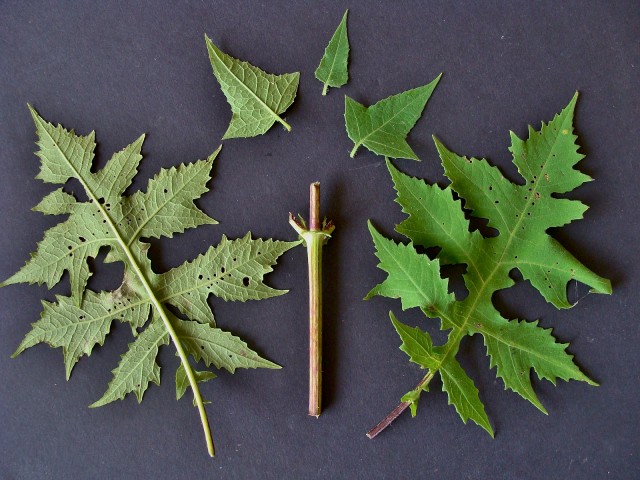 Photo 2: Display showing large and smaller leaves and upper and lower surfaces. Small leaves at top have crenulated margins with tips. Note ribbed stem, purplish coloration and barely expanded leaf bases.
Photo 2: Display showing large and smaller leaves and upper and lower surfaces. Small leaves at top have crenulated margins with tips. Note ribbed stem, purplish coloration and barely expanded leaf bases.
Flowering, consisting of composite flower heads, may occur from late spring into mid-fall over a two month period. Upper portion of branches bear several clusters of flower heads. Clusters are subtended, going from those lower to upper in the inflorescence, by small hastate leaves, to smaller triangular leaves, to even smaller lanceolate leaves and to tiny bract-like leaves. Each flower head in a cluster (except for terminal flower heads) is subtended by a short linear bract about ⅜ inch long and 1/16 inch wide. Flower heads are on weak pedicels to about ¼ inch long. Terminal flower heads of a cluster bloom first.
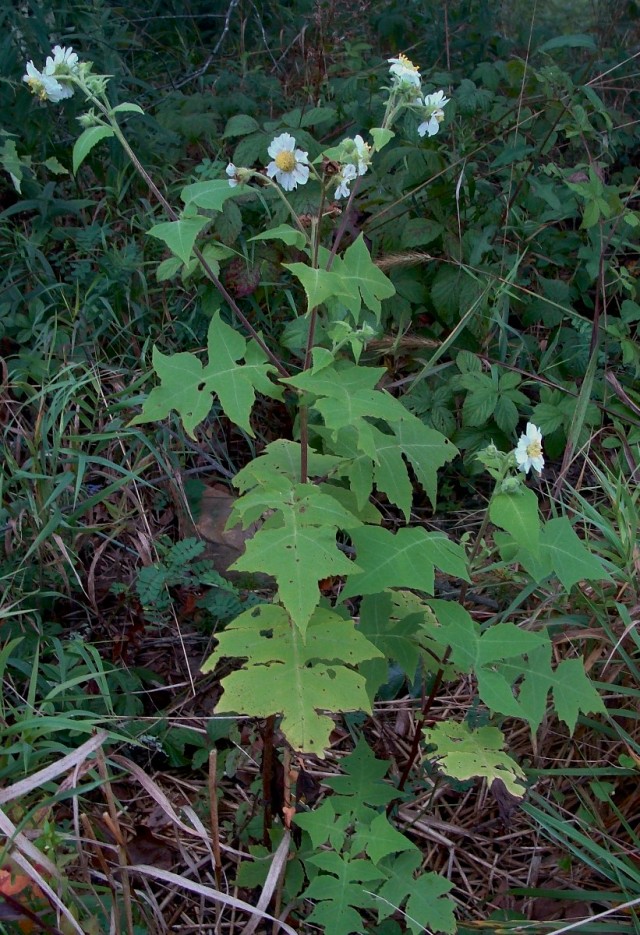 Photo 3: Stem and branches topped by clusters of flowerheads. Stems tend to be purplish.
Photo 3: Stem and branches topped by clusters of flowerheads. Stems tend to be purplish.
 Photo 4: In a shady open site, branches are especially long and low-angled. Some leaves and branches are opposite and some are alternate.
Photo 4: In a shady open site, branches are especially long and low-angled. Some leaves and branches are opposite and some are alternate.
Buds of the flower heads are covered by involucral bracts (phyllaries) in two series, the inner slightly longer than the outer. Margins of phyllaries bear long, twisty and sticky hairs (viscid pilose pubescence). As florets mature, apices of phyllaries curve backward.
When the disk of the flower head is first exposed, its flat surface is covered by light green, pointed, elongate-triangular and concave bracts, which individually wrap around each disk and ray floret. Ray florets develop ligules that extend outward. Each disk floret opens directly upward. The first florets to reach anthesis are ray florets along with the outermost ring of disk florets followed incrementally by smaller rings toward the center of flower head. The width of flower head when ray florets are at anthesis is up to 1¼ inches. The round involucres are about ⅓ inch deep and wide.
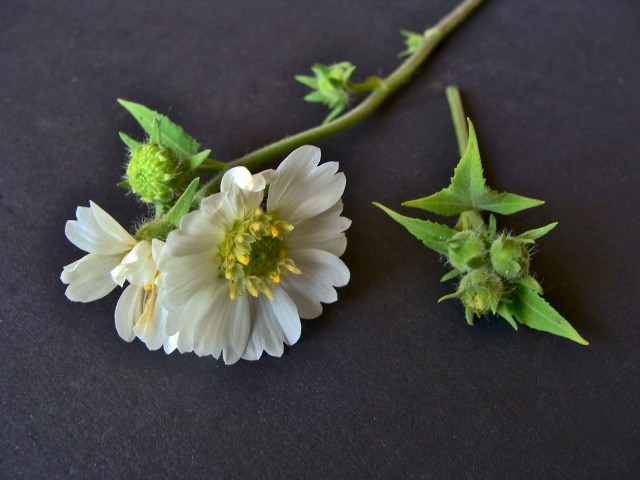 Photo 5: Pubescence of branch, phyllaries and floral bracts can be seen. Note ligules just beginning to show on bud at upper left and leaf shapes of cluster on right.
Photo 5: Pubescence of branch, phyllaries and floral bracts can be seen. Note ligules just beginning to show on bud at upper left and leaf shapes of cluster on right.
Flower heads bear up to a dozen pistillate (no stamens) ray flowers and 25 or more light yellow staminate (pistils not functional) disk flowers. Ray florets have obovate, white ligules with pleated surfaces and three equal-size shallow, apical lobes and pubescent pinched bases. Ligules, about ⅓ inch long and broad, are sharply bent at their bases so that ligules flare outward. Styles of the ray florets are white with white bifurcated stigmas. Disk florets have pale yellowish-green flared corollas with five triangular lobes that join to form a skinny stalked tube. Corollas of disk florets enclose an exserted column of five light yellow stamens with yellow pollen. The column of stamens encircles a style with an infertile stigma based on a rudimentary ovary with ovules that do not develop.
 Photo 6: Staminate disk florets produce pollen while pistillate ray florets bear bifurcated styles.
Photo 6: Staminate disk florets produce pollen while pistillate ray florets bear bifurcated styles.
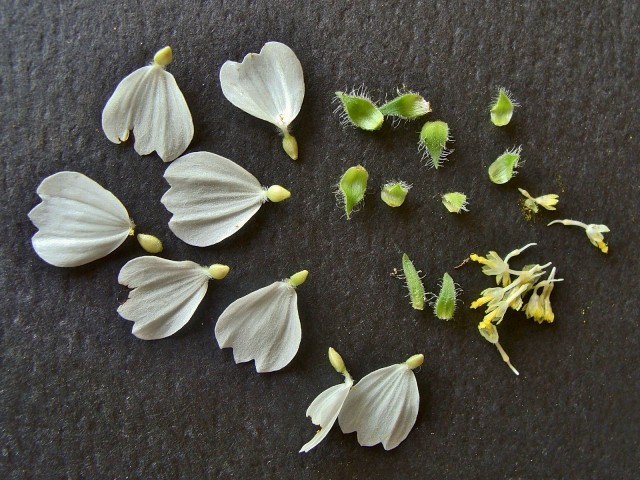 Photo 7: Display showing parts of a flower head that held eight pistillate ray florets, receptacular bracts that subtended the ray florets, two involucral bracts and a few staminate disk florets.
Photo 7: Display showing parts of a flower head that held eight pistillate ray florets, receptacular bracts that subtended the ray florets, two involucral bracts and a few staminate disk florets.
With fertilization, a flower head produces hard brown ovoid achenes. Achenes are about ⅛ inch long with rounded bases and three-angled apexes.
A second species of the Polymnia genus occurs in Arkansas, namely Cossatot leafcup (Polymnia cossatotensis). This species, endemic to Arkansas (five known sites in Polk and Montgomery Counties), is found on novaculite talus slopes. This annual species has heart-shaped leaves and flower heads with relatively small yellow centers of disk florets and usually two to three white ligules.
Peruvian daisy or quick weed (Galinsoga quadriradiata), recorded from seven scattered Arkansas counties, has flower heads similar in appearance to those of white leafcup. This non-native invasive species is a much smaller plant with coarsely toothed but unlobed leaves and occurs in open, disturbed areas.
- The terms “small-flower” and “white bear’s-foot” are in contrast to structures in the closely related bear’s-foot or yellow leafcup (Smallanthus uvedalius), previously classified in the Polymnia genus. Bear’s-foot, a larger plant than white leafcup, has larger yellow flowers and broader leaves and is most often encountered on stream and river terraces.
Article and photographs by ANPS member Sid Vogelpohl

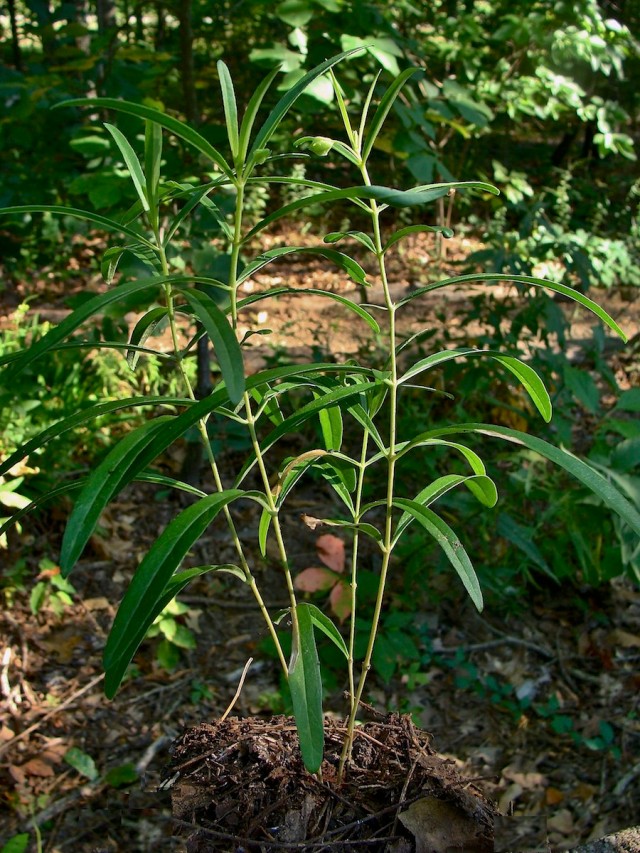 Photo 1: This young plant has several stems with the stem on the right bearing a floral bract (encloses flowers) near its apex.
Photo 1: This young plant has several stems with the stem on the right bearing a floral bract (encloses flowers) near its apex. Photo 2: Display shows coloration of terete stems with swollen nodes and underside of a leaf.
Photo 2: Display shows coloration of terete stems with swollen nodes and underside of a leaf.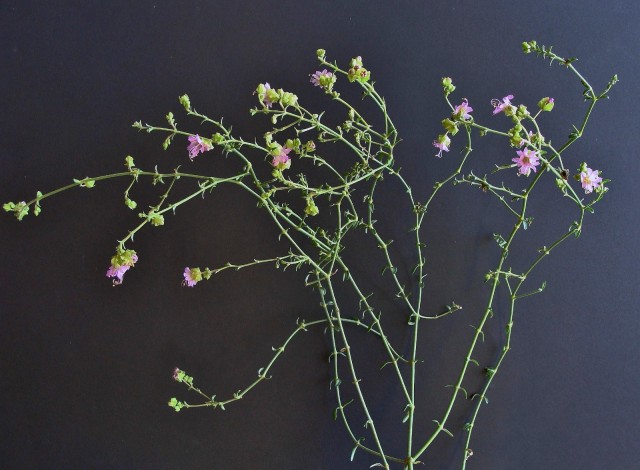 Photo 3: Flowers bloom near ends of branches as growth continues at their apices. As fruit-bearing, peduncle-bract units drop off, branches become naked except for small leaf pairs.
Photo 3: Flowers bloom near ends of branches as growth continues at their apices. As fruit-bearing, peduncle-bract units drop off, branches become naked except for small leaf pairs.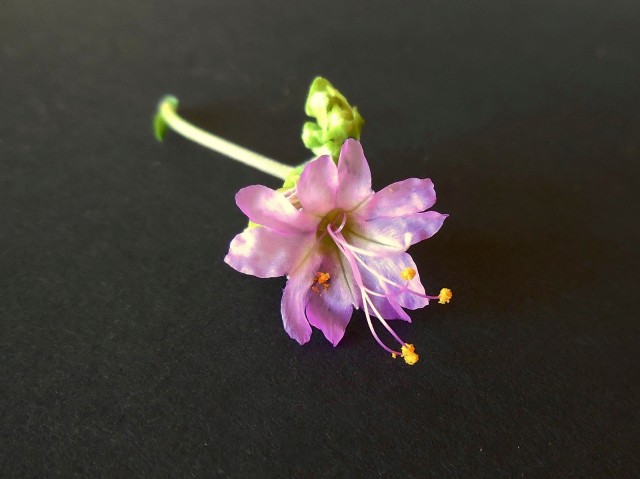 Photo 4: Lavender calyx, stamens and style of this half-inch-wide flower are attached to top of one of three ovules within a floral bract.
Photo 4: Lavender calyx, stamens and style of this half-inch-wide flower are attached to top of one of three ovules within a floral bract.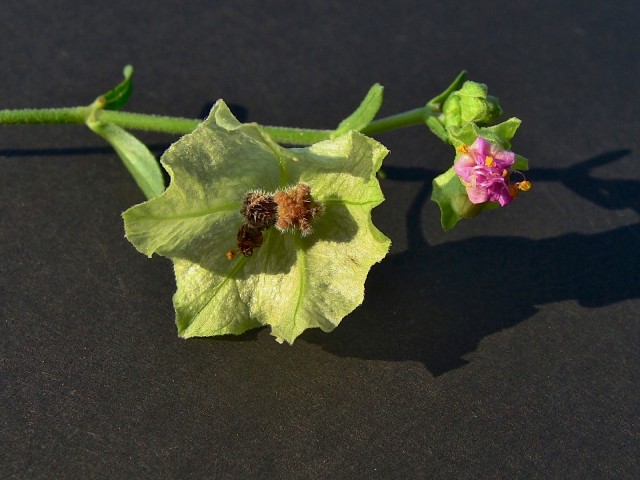 Photo 5: As a flower fades on the right, fruits attached to a lower floral bract (left) mature. Third object within bract is a drying detached flower.
Photo 5: As a flower fades on the right, fruits attached to a lower floral bract (left) mature. Third object within bract is a drying detached flower.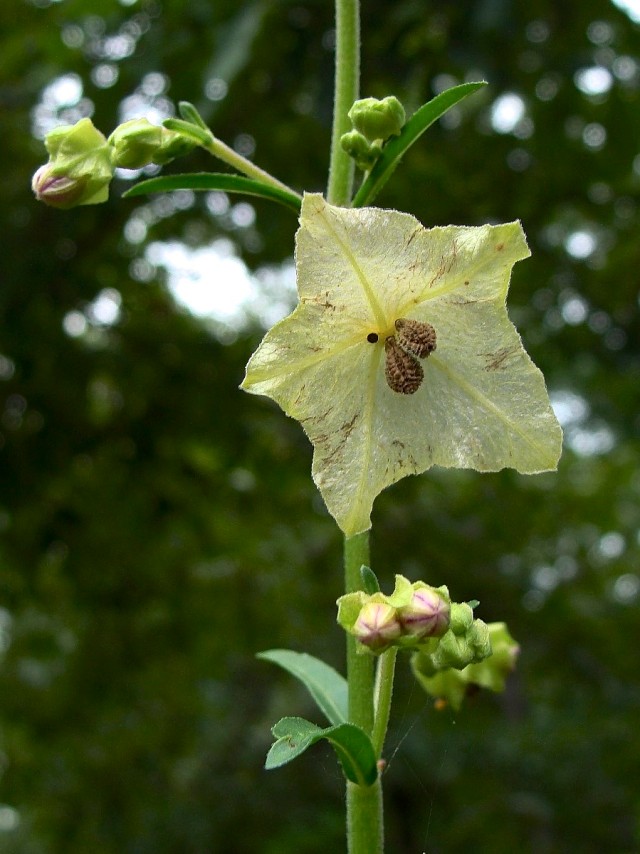 Photo 6: This floral bract, with attached peduncle and fruit, is poised to drop off. Note fruits’ texture, shape of bract and its five radiating veins. Black spot marks where a third fruit had been attached.
Photo 6: This floral bract, with attached peduncle and fruit, is poised to drop off. Note fruits’ texture, shape of bract and its five radiating veins. Black spot marks where a third fruit had been attached. Photo 7: With floral bracts partially cut-off, this display shows fruits produced by self-pollination. An undeveloped flower bud at lower left.
Photo 7: With floral bracts partially cut-off, this display shows fruits produced by self-pollination. An undeveloped flower bud at lower left. Photo 1: New, erect growth of an established plant. Photo taken in late May.
Photo 1: New, erect growth of an established plant. Photo taken in late May. Photo 2: Later growth may become vine-like, but not twining or clinging to other vegetation. Root caudex is roughened by previous years’ deciduous growth. Photo, taken in late July, also shows several faded flowers.
Photo 2: Later growth may become vine-like, but not twining or clinging to other vegetation. Root caudex is roughened by previous years’ deciduous growth. Photo, taken in late July, also shows several faded flowers. Photo 3: A pair of stipels subtends lateral leaflet pairs and another pair subtends terminal leaflets. Leaflets are oblong-lanceolate.
Photo 3: A pair of stipels subtends lateral leaflet pairs and another pair subtends terminal leaflets. Leaflets are oblong-lanceolate.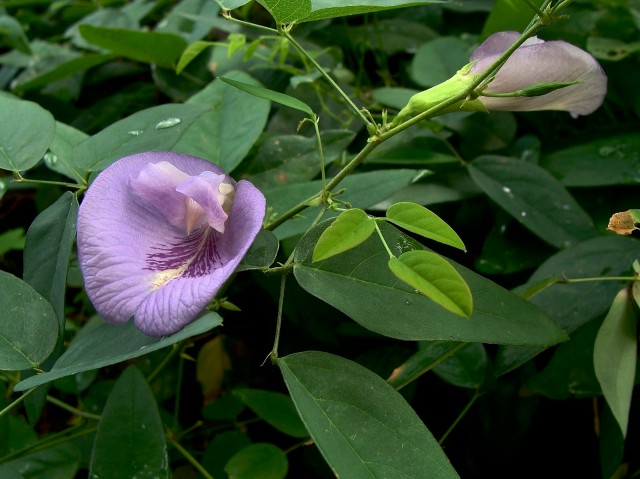 Photo 4: At nodes, various combinations of growth occur that involve new vines, leaves and flowers. Note skinny pointed flower bud at upper right and long, lobed calyx of flower behind.
Photo 4: At nodes, various combinations of growth occur that involve new vines, leaves and flowers. Note skinny pointed flower bud at upper right and long, lobed calyx of flower behind. Photo 5: Flowers face upward so that purple streaking on banner, eared wings and down-turned keel are readily apparent.
Photo 5: Flowers face upward so that purple streaking on banner, eared wings and down-turned keel are readily apparent. Photo 6: Display of flower parts and a leaf. Curved style (connected to yellowish-green ovary) is to right of stamen tube with tenth stamen in between. Note adnate wings and keel petals on right and left.
Photo 6: Display of flower parts and a leaf. Curved style (connected to yellowish-green ovary) is to right of stamen tube with tenth stamen in between. Note adnate wings and keel petals on right and left.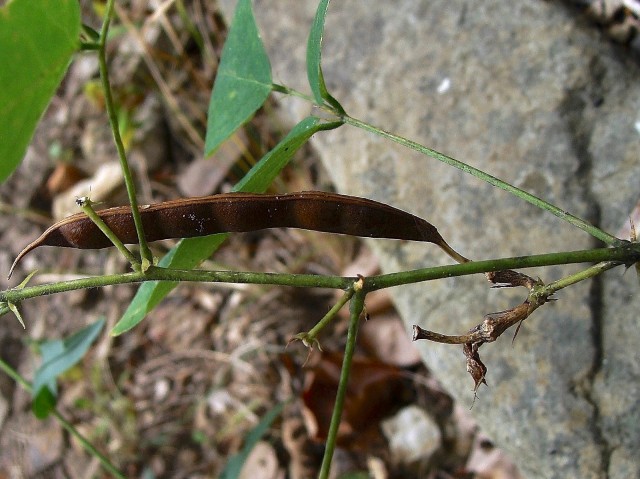 Photo 7: A mature seed pod in mid-August.
Photo 7: A mature seed pod in mid-August.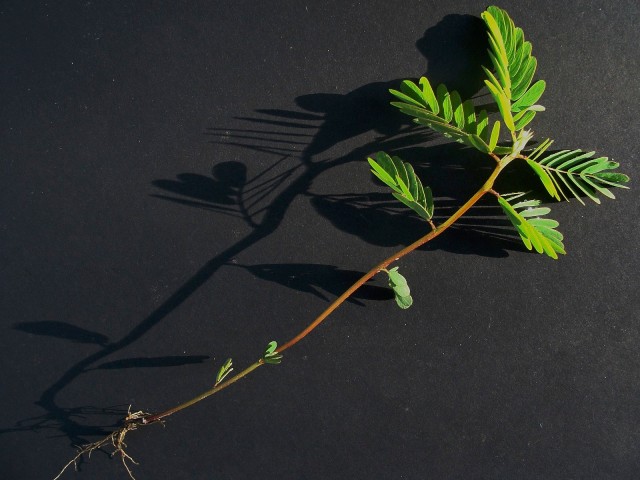 Photo 1: Shallow-rooted annual plants grow quickly. Notice crest-like leaf cluster at stem apex. Photo taken in mid-May.
Photo 1: Shallow-rooted annual plants grow quickly. Notice crest-like leaf cluster at stem apex. Photo taken in mid-May. Photo 2: In this mid-July photo, flowers bloom all along erect stems while stems continue to grow at the apices.
Photo 2: In this mid-July photo, flowers bloom all along erect stems while stems continue to grow at the apices.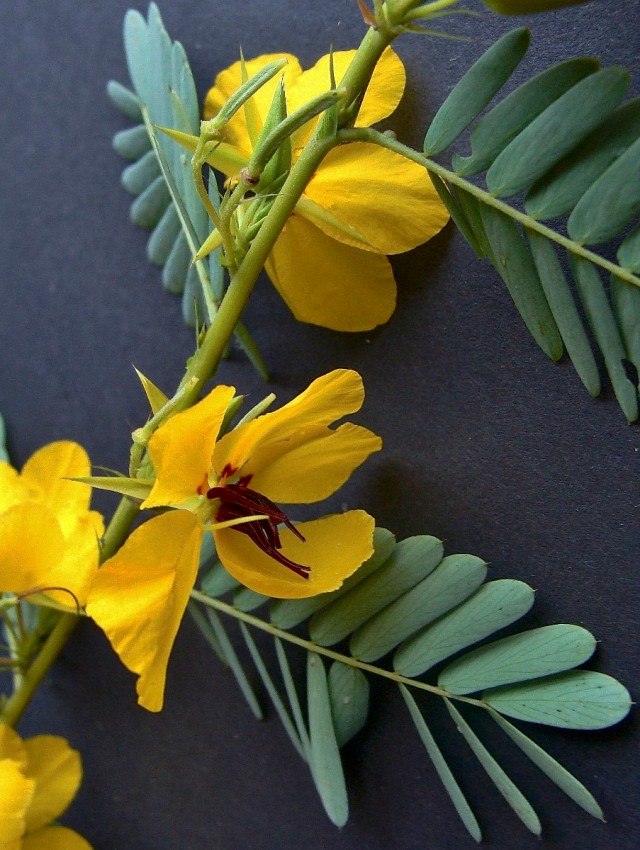 Photo 3: Asymmetrical flowers have five petals of four different sizes and shapes. Ten stamens twist to the right or left into a cupped petal. The style of lower flower can be seen along with overlapped leaflets, venation and immature pods.
Photo 3: Asymmetrical flowers have five petals of four different sizes and shapes. Ten stamens twist to the right or left into a cupped petal. The style of lower flower can be seen along with overlapped leaflets, venation and immature pods. Photo 4: Display that includes two leaves showing upper (on left) and lower (on right) sides. Note bowl-shaped nectary on petiole of leaf on left. Expanded flower separates petals from sepals, stamen group and pistil (with bean-like ovary that develops into a pod or legume, not fully mature below).
Photo 4: Display that includes two leaves showing upper (on left) and lower (on right) sides. Note bowl-shaped nectary on petiole of leaf on left. Expanded flower separates petals from sepals, stamen group and pistil (with bean-like ovary that develops into a pod or legume, not fully mature below).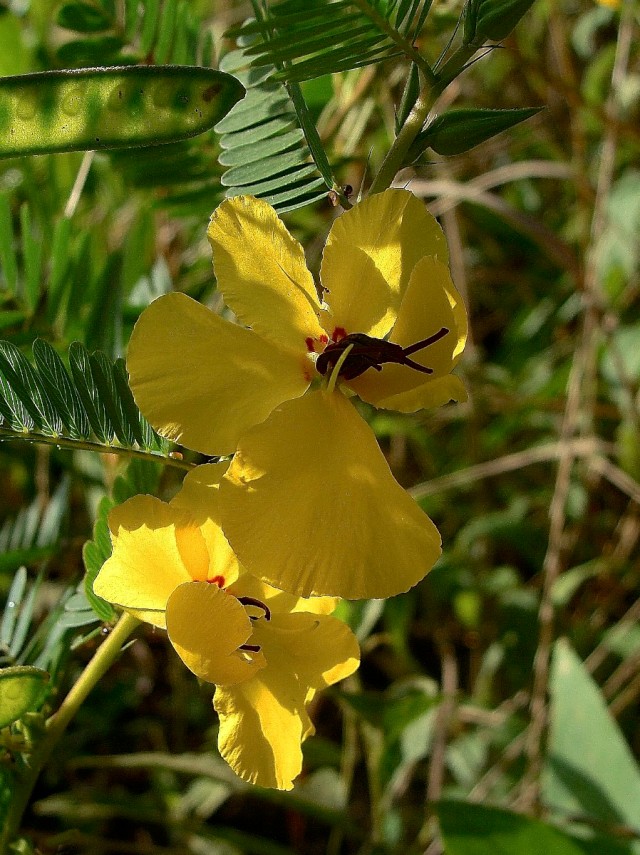 Photo 5: A developing pod can be seen at upper left. Stamen group of upper flower is oriented into the cupped petal on the right while that of the lower flower is oriented into the cupped petal on the left.
Photo 5: A developing pod can be seen at upper left. Stamen group of upper flower is oriented into the cupped petal on the right while that of the lower flower is oriented into the cupped petal on the left. Photo 6: Sensitive partridge pea (Chamaecrista nictitans var. nictitans), a smaller plant, has tiny flowers and stalked, rounded nectaries (note ant at nectary of lower center leaf). Multiple flowers (see conical buds) occur between leaves.
Photo 6: Sensitive partridge pea (Chamaecrista nictitans var. nictitans), a smaller plant, has tiny flowers and stalked, rounded nectaries (note ant at nectary of lower center leaf). Multiple flowers (see conical buds) occur between leaves.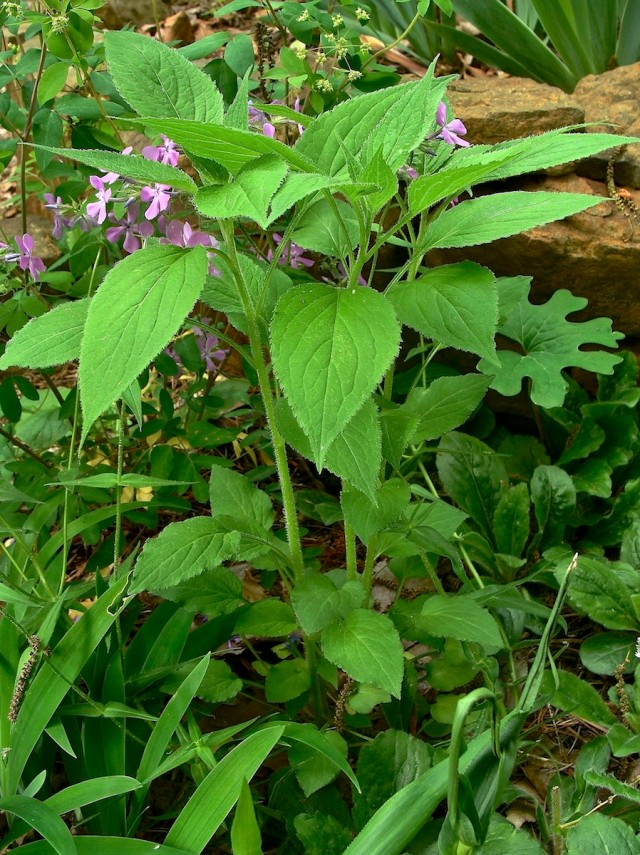 Photo 1: In this late April photo, long-petiolate cauline leaves can be seen at base of stems along with short hispid pubescence along stems and leaf margins.
Photo 1: In this late April photo, long-petiolate cauline leaves can be seen at base of stems along with short hispid pubescence along stems and leaf margins. Photo 2: Display shows upper surface of cauline leaves ranging from lower leaves (see upper left) to upper leaves (see lower right). Large leaf at bottom shows lower surface of a mid-stem leaf.
Photo 2: Display shows upper surface of cauline leaves ranging from lower leaves (see upper left) to upper leaves (see lower right). Large leaf at bottom shows lower surface of a mid-stem leaf.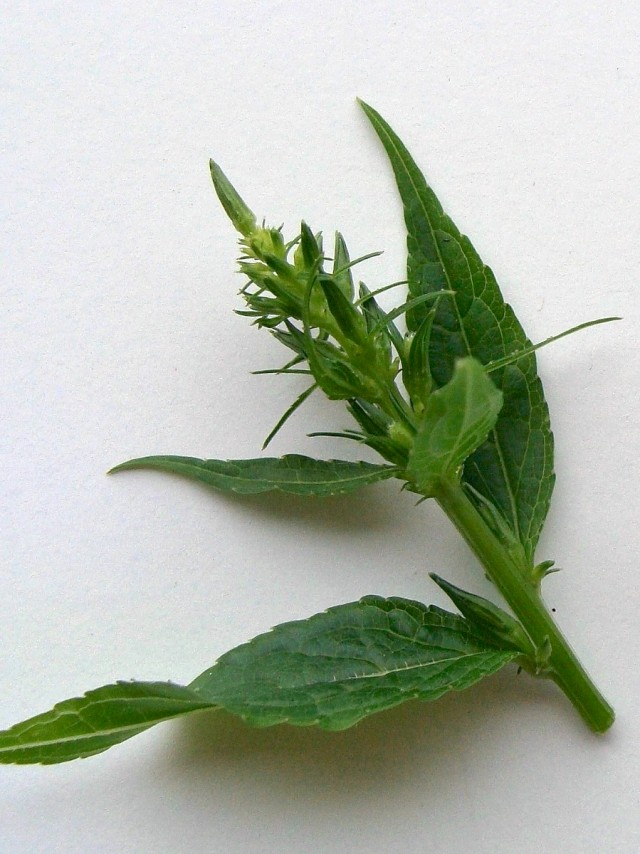 Photo 3: The single apical bud and several lower buds (seen here still wrapped in sepals) will be the first flowers to achieve anthesis. Note smaller lateral buds of triads at lower leaf axils and smaller bud triads below apical bud.
Photo 3: The single apical bud and several lower buds (seen here still wrapped in sepals) will be the first flowers to achieve anthesis. Note smaller lateral buds of triads at lower leaf axils and smaller bud triads below apical bud. Photo 4: When flowers first open, straight styles are encased with a pinkish skin (left flower) which shrinks as pistils mature and styles twist upward (see flowers from left to right). Note that stigmatic surface is not yet exposed in these three flowers. Bud shows long, reflexed calyx lobes and frazzled tips of corolla lobes.
Photo 4: When flowers first open, straight styles are encased with a pinkish skin (left flower) which shrinks as pistils mature and styles twist upward (see flowers from left to right). Note that stigmatic surface is not yet exposed in these three flowers. Bud shows long, reflexed calyx lobes and frazzled tips of corolla lobes. Photo 5: Lowest central triad flowers have faded with bloom of central flowers shifting up-stem. Note corrugated buds at top of photo, three-part stigmas and broad filaments tipped with twisted anthers. Large nectar seeking bees pollinate flowers.
Photo 5: Lowest central triad flowers have faded with bloom of central flowers shifting up-stem. Note corrugated buds at top of photo, three-part stigmas and broad filaments tipped with twisted anthers. Large nectar seeking bees pollinate flowers. Photo 6:
Photo 6:  Photo 1: Leaves in a whorl may not necessarily all lie in a single plane (they may be staggered slightly). Note puberulent longitudinal lines along stem.
Photo 1: Leaves in a whorl may not necessarily all lie in a single plane (they may be staggered slightly). Note puberulent longitudinal lines along stem. Photo 2: In this mid-May photo, these lower umbels are mostly in bud, with a few flowers at anthesis. Note reddish coloration, linear bracts at base of umbels and lighter green lower mid-vein of leaves on the left.
Photo 2: In this mid-May photo, these lower umbels are mostly in bud, with a few flowers at anthesis. Note reddish coloration, linear bracts at base of umbels and lighter green lower mid-vein of leaves on the left. Photo 3: Umbels of this 30-inch-tall, two-stemmed plant vary from being in full bloom to those in early development (as seen at top edge of photo).
Photo 3: Umbels of this 30-inch-tall, two-stemmed plant vary from being in full bloom to those in early development (as seen at top edge of photo). Photo 4: Details of the flowers’ coloration (from a sunny site): corolla lobes and coronal hoods and horns can be seen.
Photo 4: Details of the flowers’ coloration (from a sunny site): corolla lobes and coronal hoods and horns can be seen.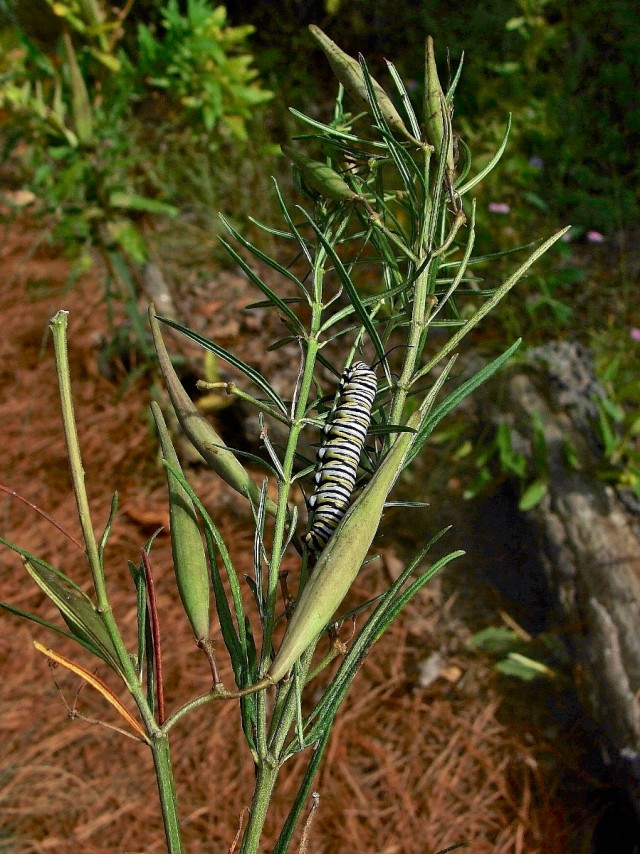 Photo 5: In fall, pods approach maturity and plants provide a food source for monarch caterpillars. Revolute leaf margins are evident on the brown leaf at lower left.
Photo 5: In fall, pods approach maturity and plants provide a food source for monarch caterpillars. Revolute leaf margins are evident on the brown leaf at lower left.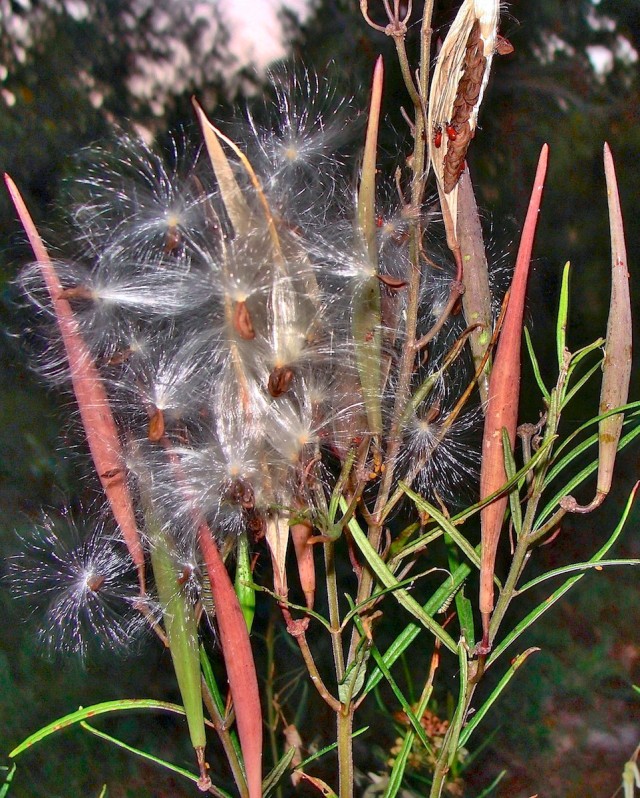 Photo 6: Mature seeds with apical hairs are dispersed from pods by the wind. Two young monarch caterpillars can be seen.
Photo 6: Mature seeds with apical hairs are dispersed from pods by the wind. Two young monarch caterpillars can be seen.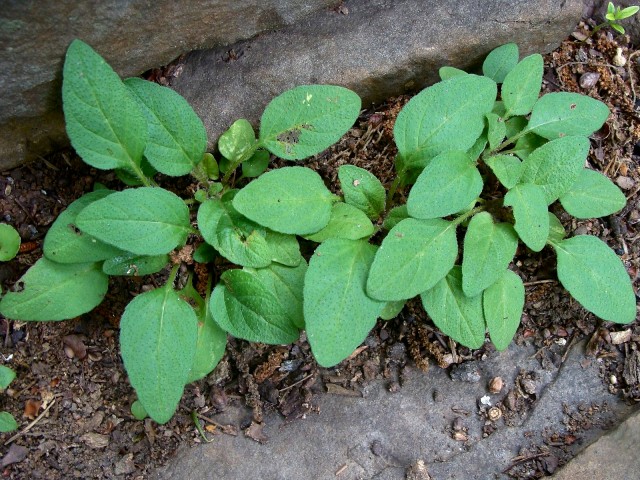 Photo 1: A mature plant prior to stem development. Leaf blades, marked with glandular dots, have slight serrations on their margins.
Photo 1: A mature plant prior to stem development. Leaf blades, marked with glandular dots, have slight serrations on their margins. Photo 2: In mid-May, this plant in a sunny site has 20 stems with minimal secondary stem growth.
Photo 2: In mid-May, this plant in a sunny site has 20 stems with minimal secondary stem growth. Photo 3: Display showing upper and lower leaf surfaces along with a stem terminating with a flower cluster. Leaves, stems and calyxes are pubescent.
Photo 3: Display showing upper and lower leaf surfaces along with a stem terminating with a flower cluster. Leaves, stems and calyxes are pubescent.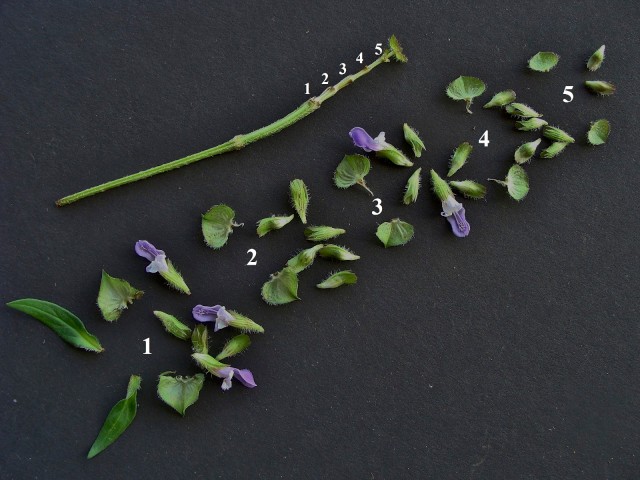 Photo 4: Display of an expanded cluster alongside its stalk and axis. Cluster had five whorls of flowers, each whorl sited above a pair of floral bracts. Numbers with bracts correspond to numbers along stripped axis to show point of origin.
Photo 4: Display of an expanded cluster alongside its stalk and axis. Cluster had five whorls of flowers, each whorl sited above a pair of floral bracts. Numbers with bracts correspond to numbers along stripped axis to show point of origin. Photo 5: Ciliated ridge of hump-backed upper corolla lobes and fringe on middle lower lobe can be seen. Top of cluster is closed by floral bracts.
Photo 5: Ciliated ridge of hump-backed upper corolla lobes and fringe on middle lower lobe can be seen. Top of cluster is closed by floral bracts.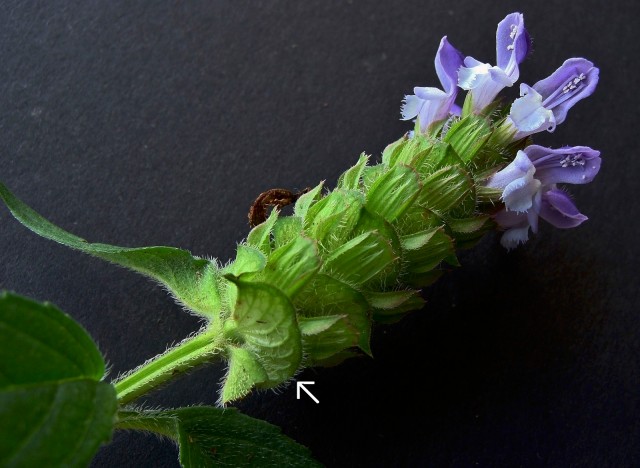 Photo 6: Pairs of rounded floral bracts separate whorls of flowers set in spiky calyxes. Lowermost bract is indicated by an arrow.
Photo 6: Pairs of rounded floral bracts separate whorls of flowers set in spiky calyxes. Lowermost bract is indicated by an arrow.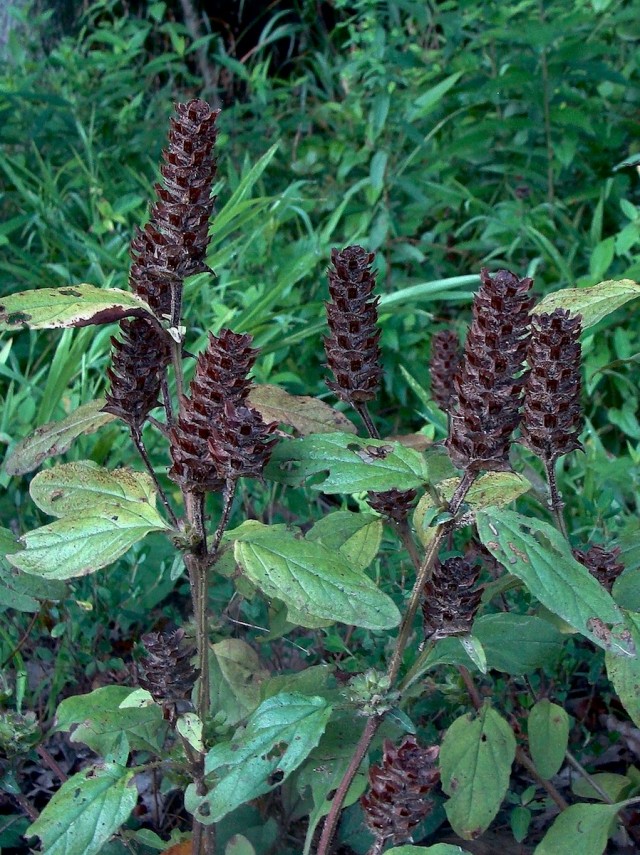 Photo 7: In this early July photo, fruiting clusters have dried and stems are deteriorating.
Photo 7: In this early July photo, fruiting clusters have dried and stems are deteriorating.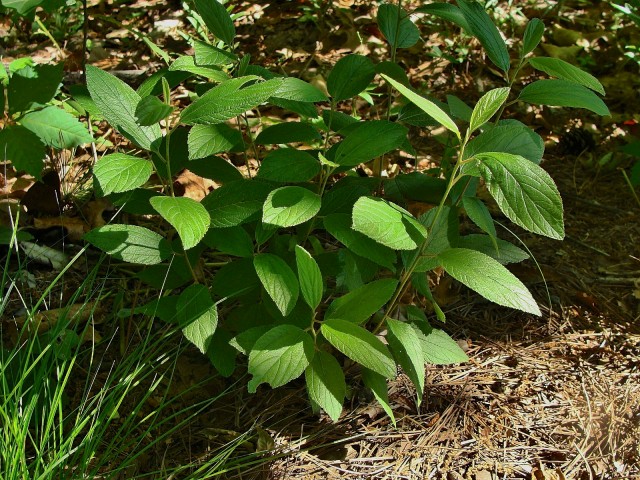 Photo 1: In mid-May, this young plant exhibits rapid apical stem growth that will not produce inflorescences in the current year.
Photo 1: In mid-May, this young plant exhibits rapid apical stem growth that will not produce inflorescences in the current year.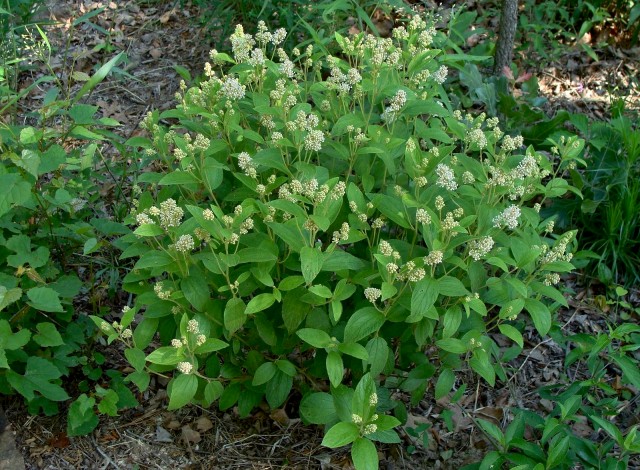 Photo 2: Also in mid-May, this mature plant approaches maximum bloom.
Photo 2: Also in mid-May, this mature plant approaches maximum bloom. Photo 3: Display of a flowering branch separated into sections. Note unusual leaf venation and long twisty, leafless peduncles. Lower side of a leaf is shown at left-center.
Photo 3: Display of a flowering branch separated into sections. Note unusual leaf venation and long twisty, leafless peduncles. Lower side of a leaf is shown at left-center.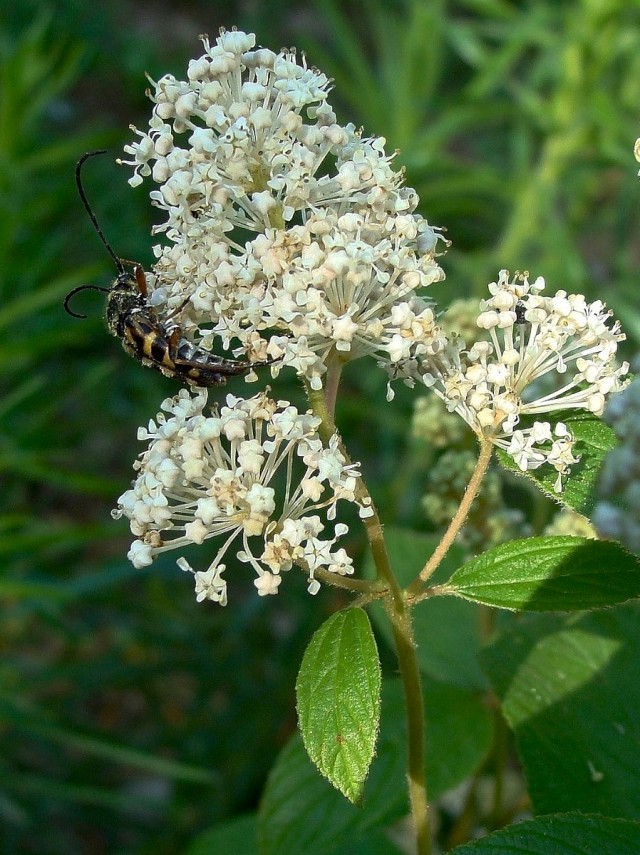 Photo 4: Flower buds are knobby due to size of enclosed anthers. Several flowers are shown at anthesis such as the one at lower-center. Note long white pedicels.
Photo 4: Flower buds are knobby due to size of enclosed anthers. Several flowers are shown at anthesis such as the one at lower-center. Note long white pedicels.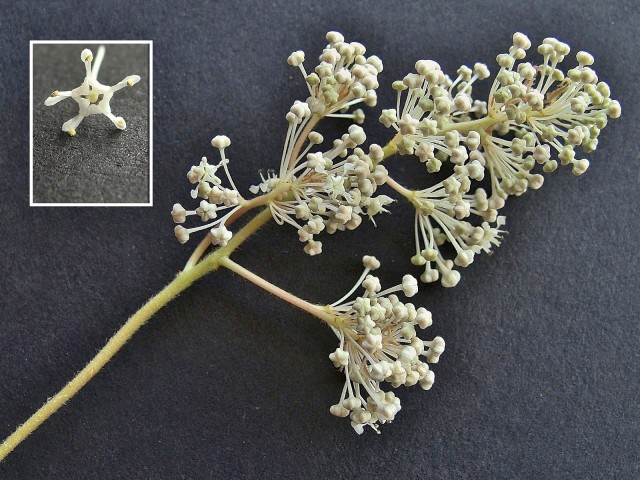 Photo 5: Inset of a single flower shows pollen-bearing anthers shifting out of bowl of ladle. Several more mature flowers within the panicle, also shown, have dark pollen-free exserted anthers.
Photo 5: Inset of a single flower shows pollen-bearing anthers shifting out of bowl of ladle. Several more mature flowers within the panicle, also shown, have dark pollen-free exserted anthers.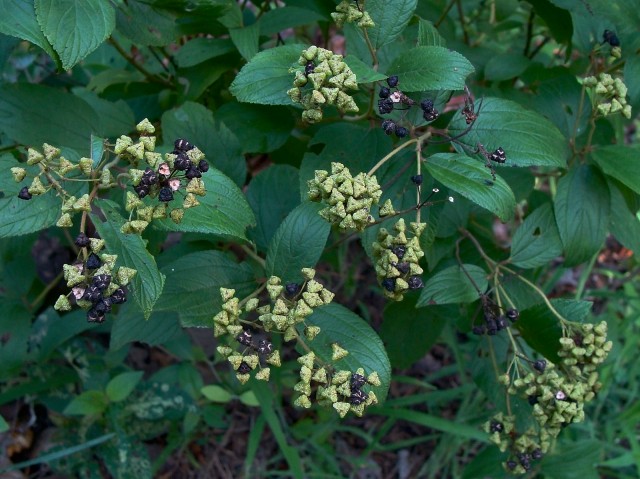 Photo 6: In this mid-July photo, some of the triangular seed capsules have matured (black ones) and split to release seeds. Previously white pedicels are now green.
Photo 6: In this mid-July photo, some of the triangular seed capsules have matured (black ones) and split to release seeds. Previously white pedicels are now green.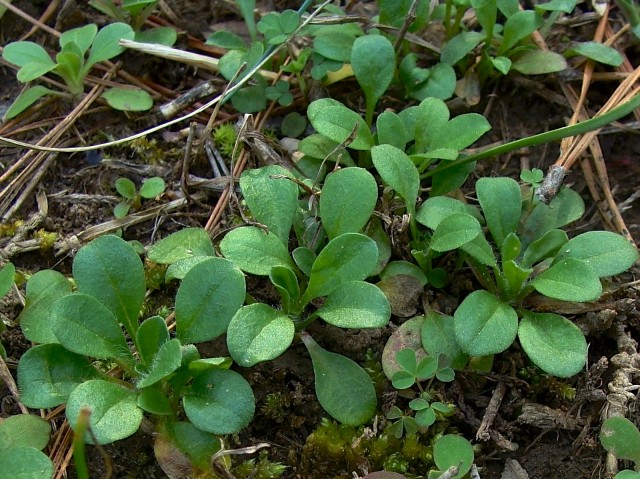 Photo 1: In mid-March, new leaves appear as the winter leaves fade. Note pubescence.
Photo 1: In mid-March, new leaves appear as the winter leaves fade. Note pubescence.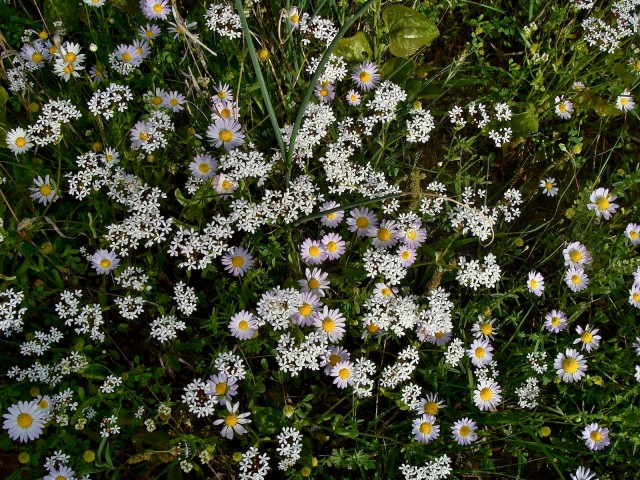 Photo 2: In less desirable sites, plants remain small with limited secondary stem growth. White flowers shown with the western daisies are of long-flower cornsalad (Valerianella longiflora).
Photo 2: In less desirable sites, plants remain small with limited secondary stem growth. White flowers shown with the western daisies are of long-flower cornsalad (Valerianella longiflora).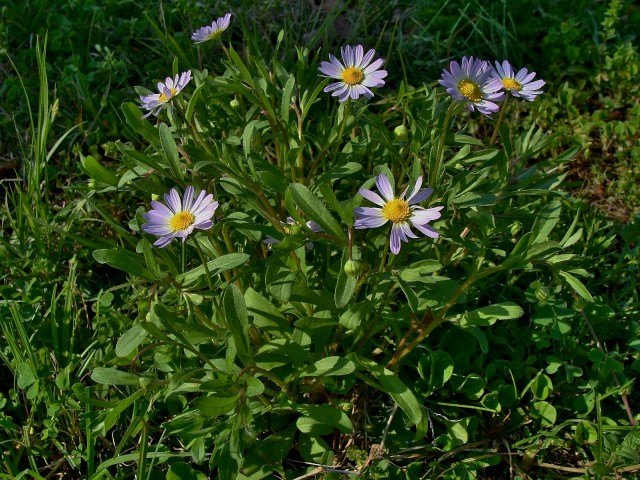 Photo 3: In more desirable sites, as shown by this single plant, secondary stems become dominant. Flower head at apex of main stem can be seen mostly hidden at center of plant. Note drooping flower head buds.
Photo 3: In more desirable sites, as shown by this single plant, secondary stems become dominant. Flower head at apex of main stem can be seen mostly hidden at center of plant. Note drooping flower head buds. Photo 4: Display of flower heads from buds (lower left) to past-anthesis (lower center).
Photo 4: Display of flower heads from buds (lower left) to past-anthesis (lower center).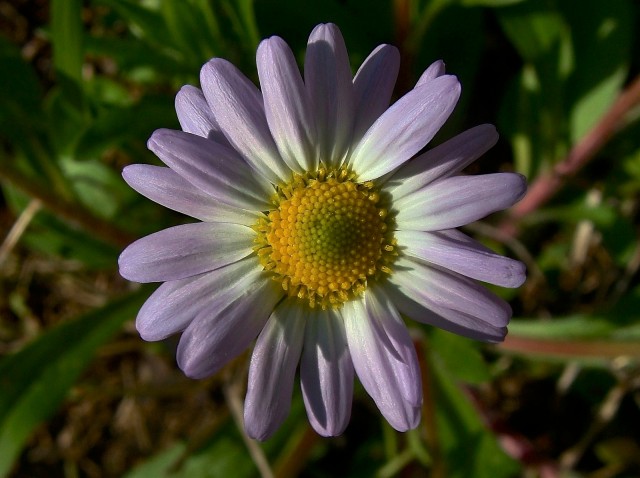 Photo 5: Disk florets have five lobes on their corollas and anthers fused into a tube, as shown by the outer ring of florets. Ligules have constricted bases and rounded to notched apices. The disks of composite heads typically flower from the outside in toward the center. Here the head is just getting started. Notice how immature the central disk floret buds are compared to those near the perimeter.
Photo 5: Disk florets have five lobes on their corollas and anthers fused into a tube, as shown by the outer ring of florets. Ligules have constricted bases and rounded to notched apices. The disks of composite heads typically flower from the outside in toward the center. Here the head is just getting started. Notice how immature the central disk floret buds are compared to those near the perimeter.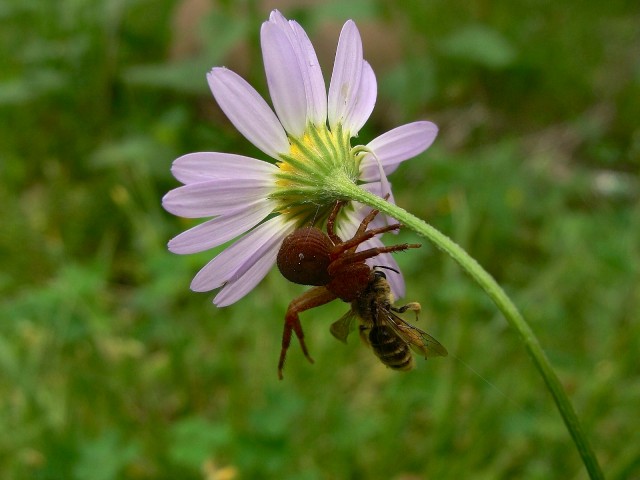 Photo 6: Involucre composed of lanceolate, slightly overlapping phyllaries. Peduncle, slightly ridged and pubescent, has same appearance as stems. Spiders and pollinating insects often have encounters on flower heads.
Photo 6: Involucre composed of lanceolate, slightly overlapping phyllaries. Peduncle, slightly ridged and pubescent, has same appearance as stems. Spiders and pollinating insects often have encounters on flower heads.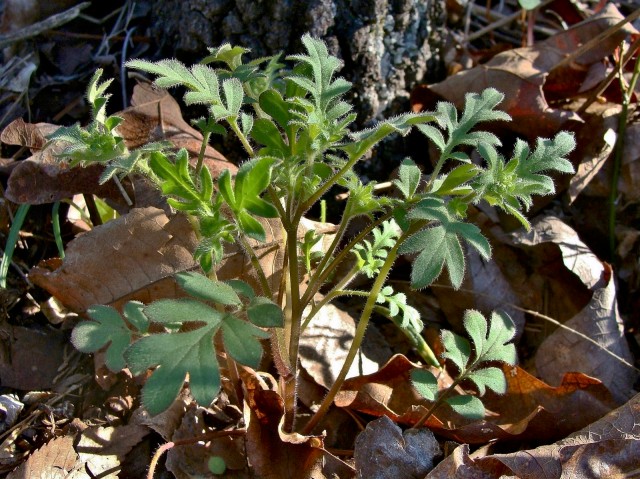 Photo 1: In this April 2nd photo, several secondary stems have developed and developing inflorescences can be seen at the ends of stems.
Photo 1: In this April 2nd photo, several secondary stems have developed and developing inflorescences can be seen at the ends of stems. Photo 2: Leaf display shows changing leaf shape from basal to upper stem leaves (left to right). Note that leaves change from petiolate to sessile and from having some leaflets and lobes to having all lobes.
Photo 2: Leaf display shows changing leaf shape from basal to upper stem leaves (left to right). Note that leaves change from petiolate to sessile and from having some leaflets and lobes to having all lobes.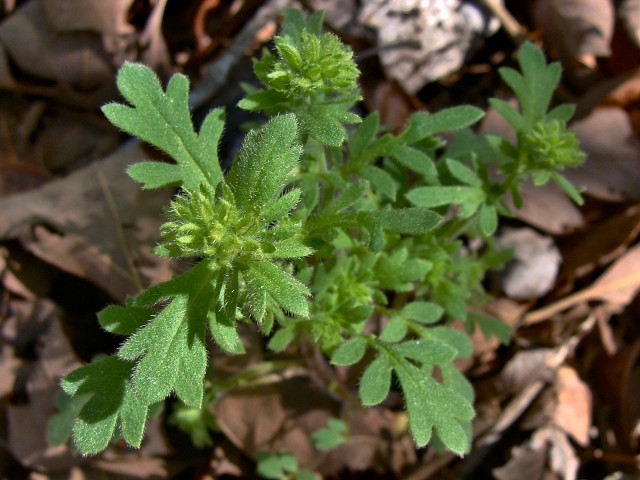 Photo 3: Developing inflorescence appears as rounded clusters of loose, hirsute sepals at ends of stems.
Photo 3: Developing inflorescence appears as rounded clusters of loose, hirsute sepals at ends of stems.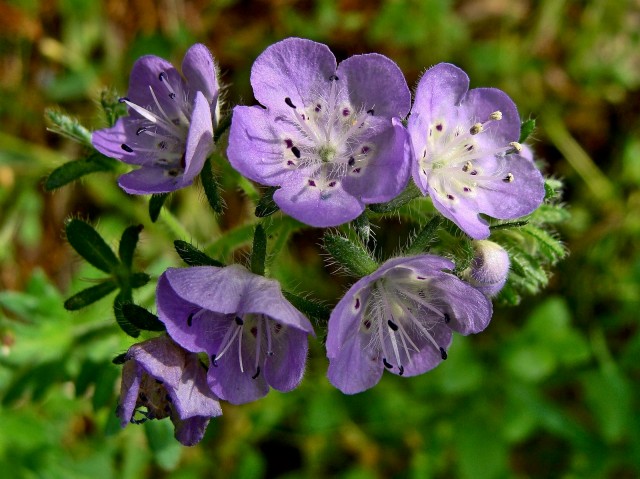 Photo 4: Flowers reach anthesis at the top of a coil in sequence (from left [bottom of coil] to right [top of coil] in this photo) as coil straightens. “Newest” flower at right bears pollen. Forked styles can be clearly seen in the lower two flowers.
Photo 4: Flowers reach anthesis at the top of a coil in sequence (from left [bottom of coil] to right [top of coil] in this photo) as coil straightens. “Newest” flower at right bears pollen. Forked styles can be clearly seen in the lower two flowers.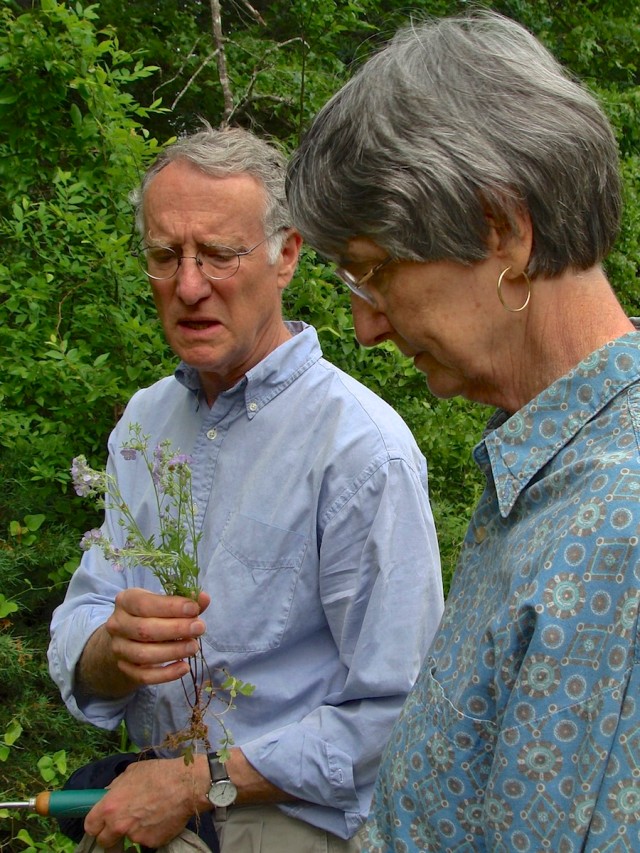 Photo 5: In this May 1st photo, plant is nearing the end of its life cycle. Plant being collected by botanist Eric Sundell (a reviewer of these articles), accompanied by Milanne Sundell.
Photo 5: In this May 1st photo, plant is nearing the end of its life cycle. Plant being collected by botanist Eric Sundell (a reviewer of these articles), accompanied by Milanne Sundell.